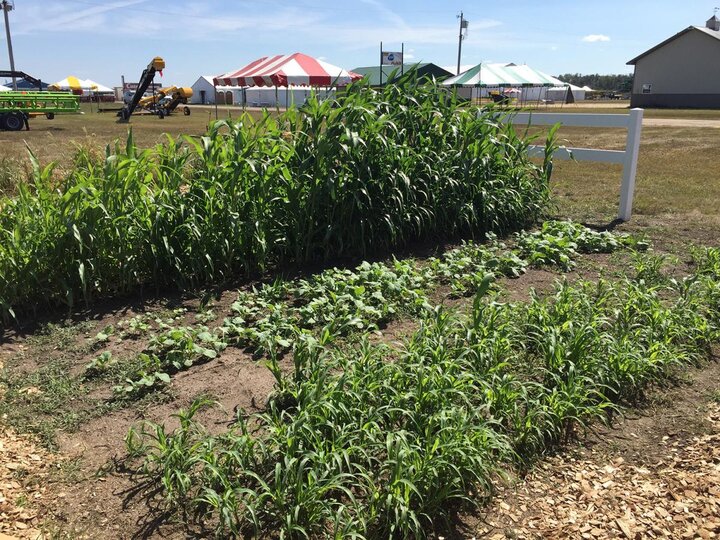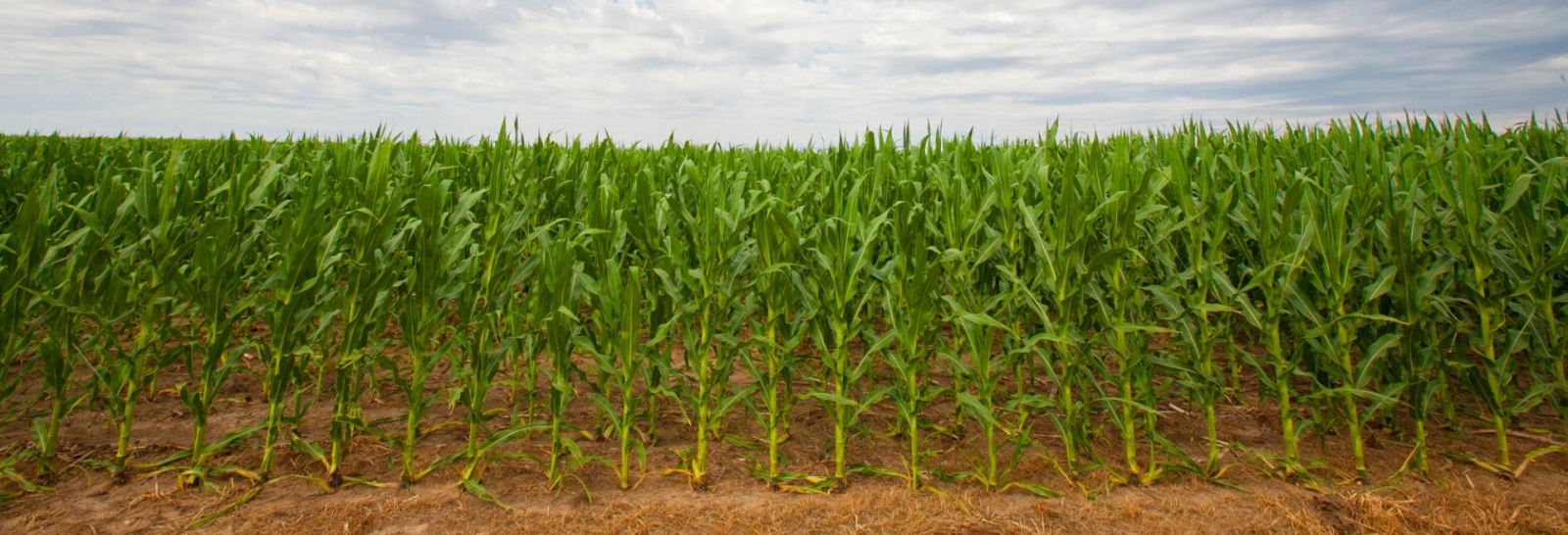You are cordially invited to the University of Nebraska–Lincoln Institute of Agriculture and Natural Resources exhibit at Husker Harvest Days Sept. 11-13 to learn about Weather Ready Farms: Successfully Managing Extremes. Stop by to view exhibits and demonstrations — indoors and out — and visit with Nebraska Extension specialists and educators to see how you can make your farm or ranch more resilient to the myriad of challenges, particularly weather challenges, facing today's producer.
Inside UNL’s Husker Red steel building on Third Street showgoers can get the latest information to plan for weather- and climate-related challenges and opportunities facing agriculture. Interactive exhibits and demonstration plots outside the building illustrate production and management practices discussed in the building.
Check out the following topics at this year's exhibit and learn how you can start making your farm weather ready.
Read more
about how this year's exhibit is focusing on helping Nebraska's agricultural producers maintain profitability while addressing challenges from the state's climate. IANR NewsInterior Exhibits

Forecasting Corn Yields to Fine-Tune Management
The Yield Forecasting Center provides in-season corn yield forecasts every two weeks starting in mid-July to aid growers and the ag industry in making management, logistical, and marketing decisions through the season. The Center consists of a core team at UNL who collaborate with agronomists and extension educators from 10 universities throughout the Corn Belt. Simulations of 2016 end-of-season corn yield potential and real-time crop stage were performed for 41 locations. View all of this season's data and forecasts in CropWatch.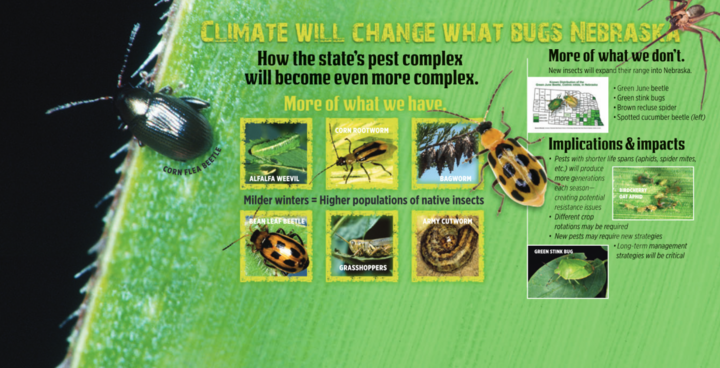
Understanding How Climate Shifts Will Affect Insect Pests
Climate change may increase or decrease the survival of existing insect pests, and will expand the range of insects from the south. Longer growing seasons may lead to higher insect populations. Understanding potential changes will allow us to be prepared. For more information visit the Department of Entomology website.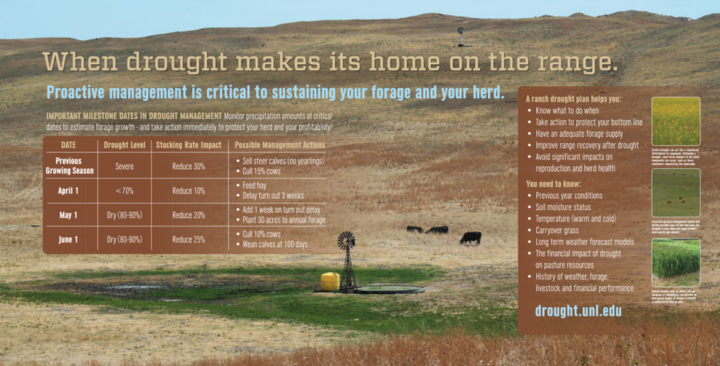
Sustaining Forage and Your Herd in Drought
Weather extremes can significantly affect rangeland and pasture production, which in turn can affect an operation's sustainability. Developing a ranch management plan for drought can help you identify and take steps to avoid significant impacts on herd health and reproduction when water becomes limited. Learn what proactive steps you can take to mitigate potential losses and protect the profitability of your operation by being weather ready.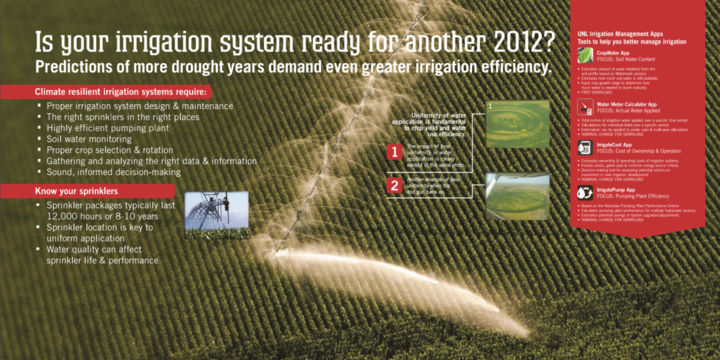
Is Your Irrigation System Ready for Another 2012?
Talk with demonstrators and learn about four mobile apps designed to help you improve the efficiency of your pumping plant and irrigation applications. Extension staff also will be providing free testing of pivot pressure regulators. Bring two regulators from each span of your pivot for testing.For more information on agricultural irrigation and making your system more efficient, visit the ag section of Water.unl.edu.
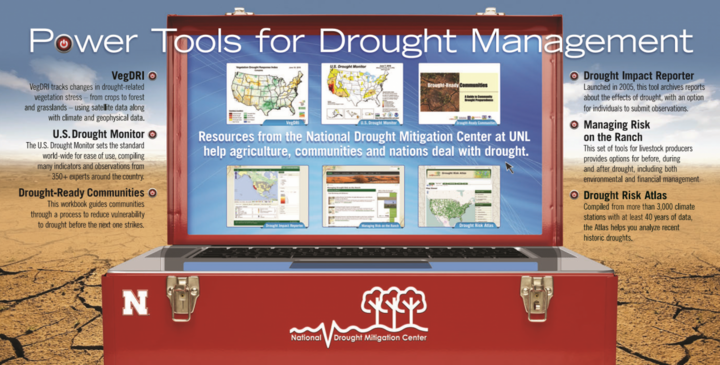
On-Line 'Power Tools' for Managing Drought
The National Drought Mitigation Center, based in UNL’s School of Natural Resources, helps people and institutions across the country and around the world better prepare for drought, using a three-part approach:- Monitoring tools show the location and severity of drought.
- Drought impacts point to opportunities to reduce vulnerability.
- Planning processes bring together stakeholders, decision-makers, data and impacts to lay out steps to reduce vulnerability.For more information, visit http://drought.unl.edu
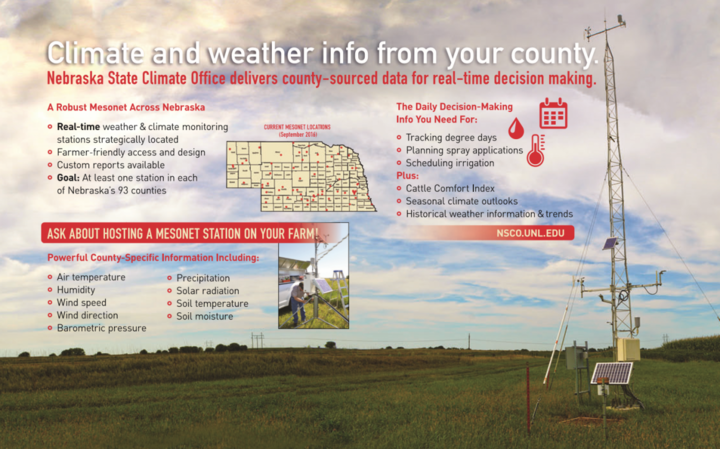
Accessing County-Specific Climate & Weather Information
The new Nebraska State Climate Office offers a variety of county-specific "real-time" information tools to help you make more informed decisions for your farming operation. The Office manages a robust automated weather-observing network — the Nebraska Mesonet — with powerful county-specific information right at your fingertips. Learn more about these new data products and services and, if you're a weather junky — and who isn't in Nebraska? — ask about hosting a Mesonet Weather station on your farm!
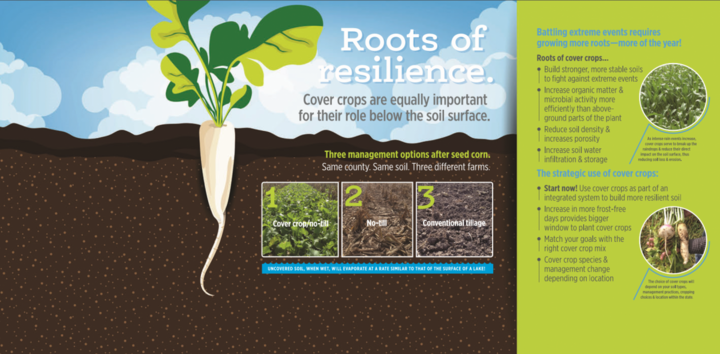
Roots of Resilience: Using Cover Crops to Battle Extreme Weather Events
Learn the many benefits of growing cover crops benefit from both the cover crop roots and shoots. Cover crop roots help build stronger, more stable soils to fight against extreme weather events by reducing soil density, increasing porosity, infiltration, and water storage. The roots of cover crops help increase soil carbon more efficiently than the aboveground shoots so grazing cover crops can help increase revenue and soil carbon at the same time. Livestock grazing cover crops help cycle nutrients and stimulate microbial biomass too.
For more information on cover crops see https://cropwatch.unl.edu/cover-crops
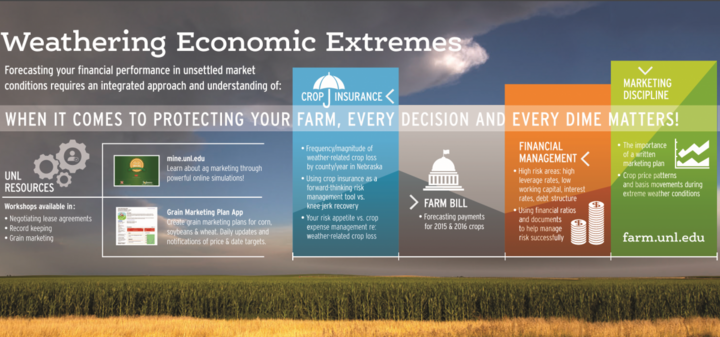
Developing an Integrated Plan to Weather Economic Extremes
When it comes to protecting your farm, every decision and every dime matters! Forecasting your financial performance in unsettled market conditions requires an integrated approach and understanding of financial management, marketing, crop insurance, and lease agreements. After you visit our booth, follow up by visiting http://farm.unl.edu/ for farm and ranch management updates.
Exterior Exhibits
Crop Scouting as an Essential Tool in Integrated Pest Management (IPM)
Attendees will be able to practice their crop scouting skills in mock fields while learning about the biology and management of important insect pests, such as western bean cutworm and western corn rootworm. This interactive display will provide information on effectively managing insect pests, while also conserving beneficial insects, such as predators and pollinators, and practicing resistance management. For more information on these topics, visit the UNL Department of Entomology website.
Opportunities with Switchgrass
Switchgrass is a tall native perennial grass. A newly released variety Liberty has a higher biomass yield than previously released forage varieties such as Shawnee. Switchgrass is well suited to grow in highly erodible, or degraded land and is highly drought tolerant. Switchgrass does well at erosion prevention, carbon sequestration, forage and hay as well as it may be used for bioenergy in future biofuel applications. Current opportunities for switchgrass include field strips to prevent erosion, forage for cattle, and field edges to protect water quality. For more information about Liberty Switchgrass and other perennial tall grass species visit www.CenUSA.iastate.edu.Livestock Heat Stress
Heat stress can take a toll on cattle, especially heavy confined cattle that don’t have access to shelter. With recent and projected trends for more hot, humid days, interest in providing shade and other forms of relief has grown. Visit our outdoor display to see and discuss options for keeping livestock cool and productive.Building Weather Ready Soils with Manure and Mulch
Another outdoor display features three small corn plots where viewers can compare the use of manure and manure plus wood chips with using commercial fertilizer. The manure and manure plus mulch treatments increase the soil's drought tolerance by increasing water retention and water infiltration during intense rainfall events. For more information, see manure.unl.edu
